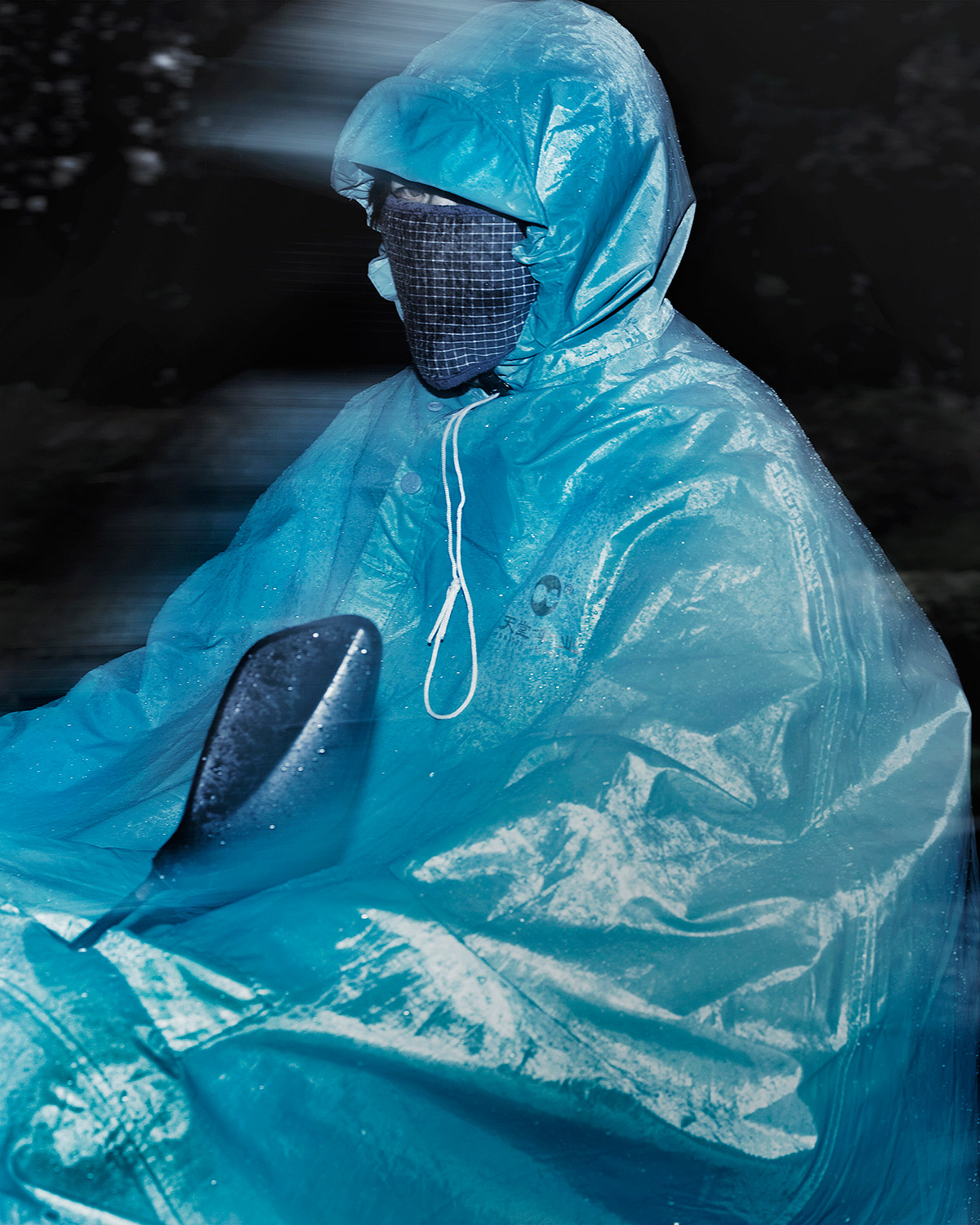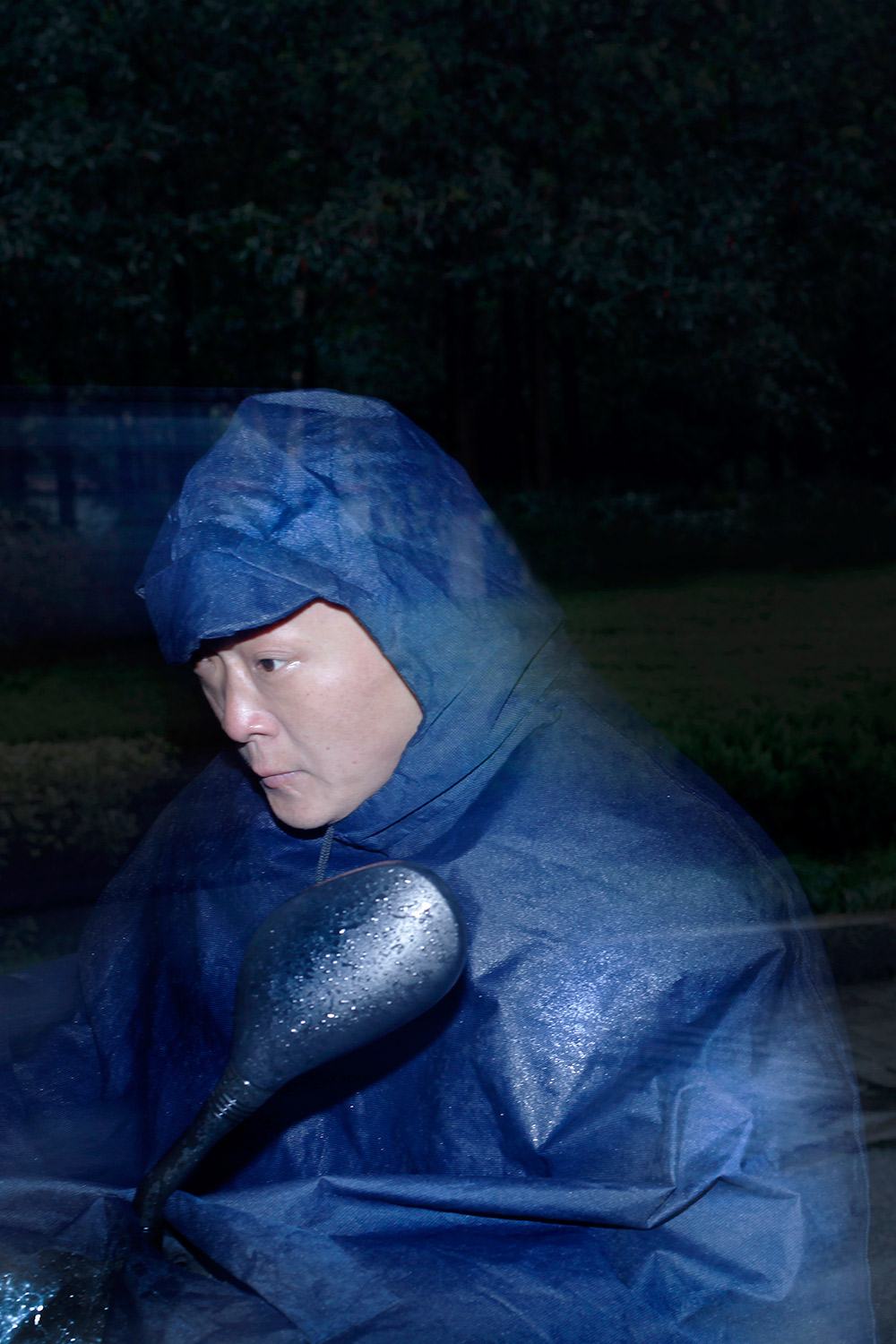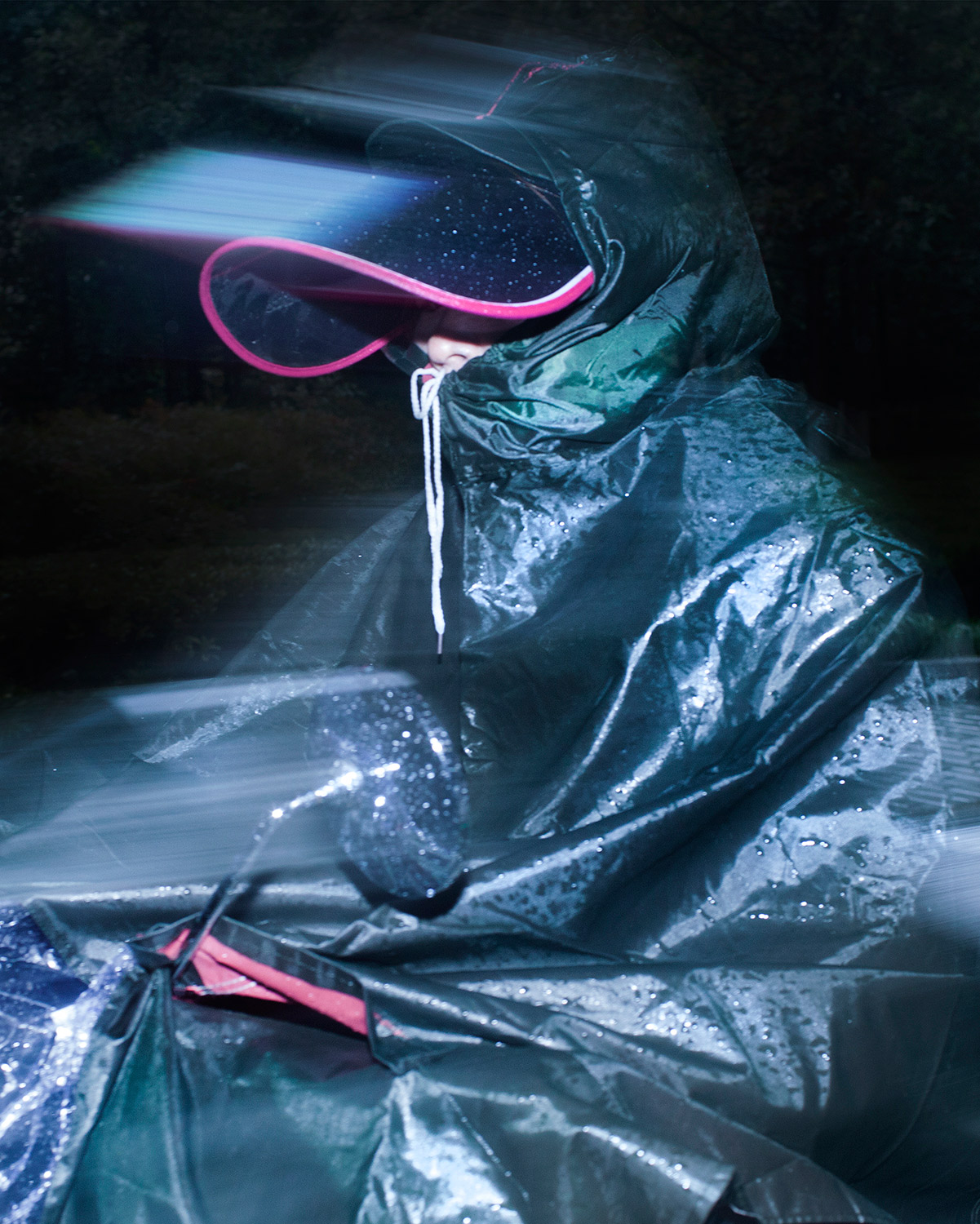Fantastic Candid Portraits of Chinese Citizen Cycling in the Rain



















24 year-old Polish photographer Wiktoria Wojciechowska shares the story of Short Flashes, a unique series of portraits of Chinese citizen on their bikes surprised by the flash of her camera. Wiktoria recounts how the work was born out of the loneliness she felt during the early part of her stay in China.
Hello Wiktoria, thank you for this interview. What are your main interests as a photographer?
My interests as a photographer… I think it’s changed over the years: I continually grow both as a human and a photographer. However there are some aspects to my way of working that have been a solid foundation throughout my various projects. In almost all cases, the photographic image will form as a result of an idea or a thought.
Currently I am working in Ukraine to photograph the soldiers fighting in the war. I spend time with them, talk to them and take their pictures, waiting for a moment when a telling expression appears on their faces. I wonder if photography can show some kind of truth about a person. Maybe this “truth” can only exist if a photograph succeeds in capturing an auhtentic moment. This idea is really close to my heart, that’s why I use the photographic medium. I prefer real subjects over fictional stories because life already offers lots of material for ideas – the point is to show reality filtered by my own sensitivity, in my own way.
Please introduce us to your project Short Flashes.
Short Flashes is a series of portraits of strangers made in China. It shows the phenomenon of Chinese cyclers and aims at stressing the individulity of people who are usually treated as a mass. It is an album of faces, gestures, emotions and colors – people I would have otherwise never met or talked to; but their image was saved by my camera, and now they have become unforgettable for me. I am very excited to be working with publisher Bemojake to produce a book of these pictures in May 2016.
How did you get the idea for Short Flashes, and what message are you trying to communicate with these images?
The idea for Short Flashes came from my loneliness and lack of communication while in China. I felt like when in movies a character is walking down the street in slow motion while everyone else moves very fast and you can’t see their faces, they sort of blend with the environment all around. I wanted to stop someone, establish a connection; I wanted to get to know these people and their culture, but my knowledge of the Chinese language was too poor.
After being in China for a while I finally made my first friends, a group of students. I asked them a lot of questions about China’s culture, tradition and lifestyle; and I slowly realized that the Western stereotype of the Chinese as a mass of people without singularities, is simply unfair. In fact, I’ve met people from the Western world who in China feel like “colonizers” – they only hang out with other foreigners and don’t know any local people. There are many issues in China that must be discussed, but to understand those issues we need to connect with the country’s culture. I don’t know if this is the message of Short Flashes, but this what I understood working on the project and during my stay in China.
Can you talk a bit about how you made these portraits?
I worked with a tripod and a speedlight flash. This was the only equipment I could afford with my small budget and was the first thing I did when I got in touch with some English speaking students.
I took the pictures in the mornings of rainy days. I had a few good spots where I would set up my camera on the tripod while under an umbrella and start shooting. At the time it was less a photographic project and more something I just felt I needed to do. I didn’t know if I would publish it some day.
How would you describe the Short Flashes photographs?
I would compare this series to a family album with pictures of strangers instead of family members. When I visit people in their homes I like to see their family albums. It’s a pleasure for me to look at pictures of people I don’t know and try to imagine who they are and who they were once. I often buy old amateur photographs at flea markets – some of them have a spirit I seek in my photography.
Did you have any specific references or sources of inspiration in mind while working on Short Flashes?
My inspiration came from the fact that the reality of Chinese culture is totally different from what I have been led to believe as a foreigner. I’ve learnt this from my own mistakes during my time in China. It took me a while to feel comfortable there at first, as I had nobody to care for me. I had to build my life from scratch: I didn’t know the language, but as a tall, blue-eyed girl it was impossible to hide in the crowd; and most of the time I was among people who didn’t care too much about art and photography.
In February 2014 I spent the Chinese New Year with my friend Cong Yan’s family in a village in the south of the Zhejiang province. Her parents did not speak Mandarin so we couldn’t really communicate, but I felt at home with them. If you haven’t been to China during the New Year’s celebration you don’t know what fireworks are! In this small village every family bought dozens of sparklers and meters of firecrackers. Cong Yan kept setting off fireworks and running back to me with her ears covered and a big smile of excitement. I also felt excited. The never-ending sound of explosions and flashes in the sky are supposed to scare the monster Nian, who tries to come down from the mountains every year. I observed the colors and listened to the constant crack of fireworks from the afternoon until the next morning. It was like a catharsis. You truly feel that something has finished and something new will begin tomorrow.
What have been the main influences on your photography?
Being a photographer for me is like being a treasure hunter. There are so many moments, emotions and small gestures to capture, that’s why I need to always be on alert.
Visually, I often find inspiration from paintings and sculptures. I like to observe how the light lays on the surface of things. I am very moved by visualizing fragments of light that exist within a darker environment. I love the photographs by Australian photographer Bill Henson, the very personal works of Elina Brotherus and the amazing conceptual photography of Michel Le Belhomme. I also highly appreciate the work of conceptual artists such as Joseph Beuys, Anselm Kiefer, Andreas Erikkson. I enjoy the sensitivity of using symbol and metaphor in art.
Meeting people is one of the most valuable things in a photographer’s work. Sometimes the camera is only a tool to interact with others, to know more about them. Using photography, I can be part of communities and situations that I would have never imagined to become a part of. In Iceland I’ve taken pictures of spiritual growth in society, in Thailand of sex workers, and in Ukraine I am meeting people who are fighting a war. These kind of moments influence me a lot.
Choose your #threewordsforphotography.
Moment. Flash. Tool.
Keep looking...

FotoCal — Photography Awards, Grants and Open Calls Closing in July 2025

FotoCal — Photography Awards, Grants and Open Calls Closing in June 2025

FotoCal — Photography Awards, Grants and Open Calls Closing in May 2025

FotoCal — Photography Awards, Grants and Open Calls Closing in April 2025

FotoCal — Photography Awards, Grants and Open Calls Closing in March 2025

FotoCal — Photography Awards, Grants and Open Calls Closing in February 2025

FotoCal — Photography Awards, Grants and Open Calls Closing in January 2025




